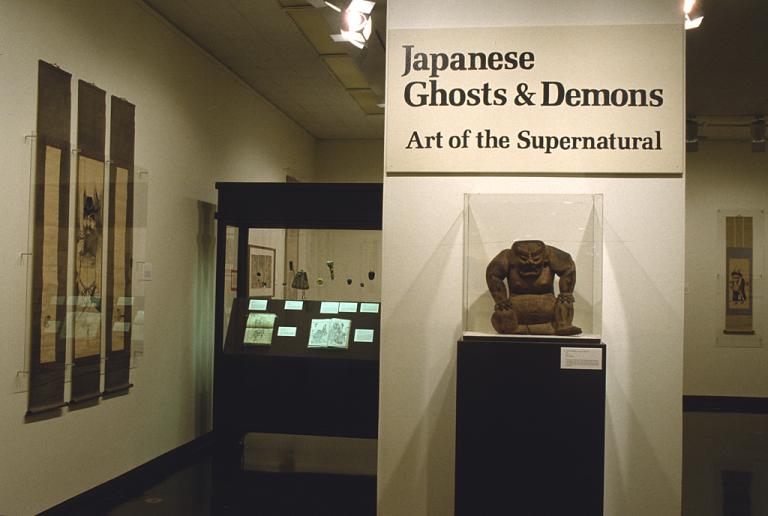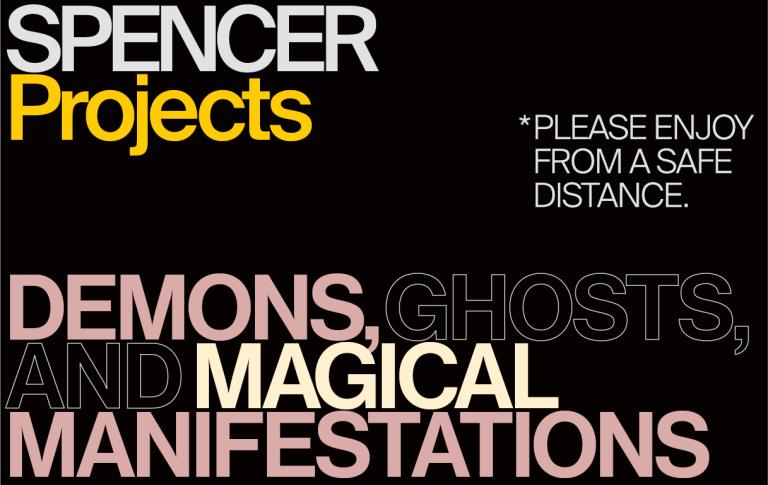Shoki, the Demon-Queller, Okumura Masanobu
Artwork Overview
Okumura Masanobu, artist
1686–1764
Shoki, the Demon-Queller,
circa 1740s, Edo period (1600–1868)
Where object was made: Japan
Material/technique: woodcut; hand coloring
Dimensions:
Frame Dimensions (Height x Width x Depth): 36 3/4 x 12 3/4 x 1 1/2 in
Weight (Weight): 8 lbs
Frame Dimensions (Height x Width x Depth): 36 3/4 x 12 3/4 x 1 1/2 in
Weight (Weight): 8 lbs
Credit line: William Bridges Thayer Memorial
Accession number: 1928.7789
Not on display
If you wish to reproduce this image, please submit an image request








